Archives
- 2018-07
- 2018-10
- 2018-11
- 2019-04
- 2019-05
- 2019-06
- 2019-07
- 2019-08
- 2019-09
- 2019-10
- 2019-11
- 2019-12
- 2020-01
- 2020-02
- 2020-03
- 2020-04
- 2020-05
- 2020-06
- 2020-07
- 2020-08
- 2020-09
- 2020-10
- 2020-11
- 2020-12
- 2021-01
- 2021-02
- 2021-03
- 2021-04
- 2021-05
- 2021-06
- 2021-07
- 2021-08
- 2021-09
- 2021-10
- 2021-11
- 2021-12
- 2022-01
- 2022-02
- 2022-03
- 2022-04
- 2022-05
- 2022-06
- 2022-07
- 2022-08
- 2022-09
- 2022-10
- 2022-11
- 2022-12
- 2023-01
- 2023-02
- 2023-03
- 2023-04
- 2023-05
- 2023-06
- 2023-07
- 2023-08
- 2023-09
- 2023-10
- 2023-11
- 2023-12
- 2024-01
- 2024-02
- 2024-03
- 2024-04
- 2024-05
- 2024-06
- 2024-07
- 2024-08
- 2024-09
- 2024-10
- 2024-11
- 2024-12
- 2025-01
- 2025-02
- 2025-03
-
Aurora A the polar kinase
2024-07-25
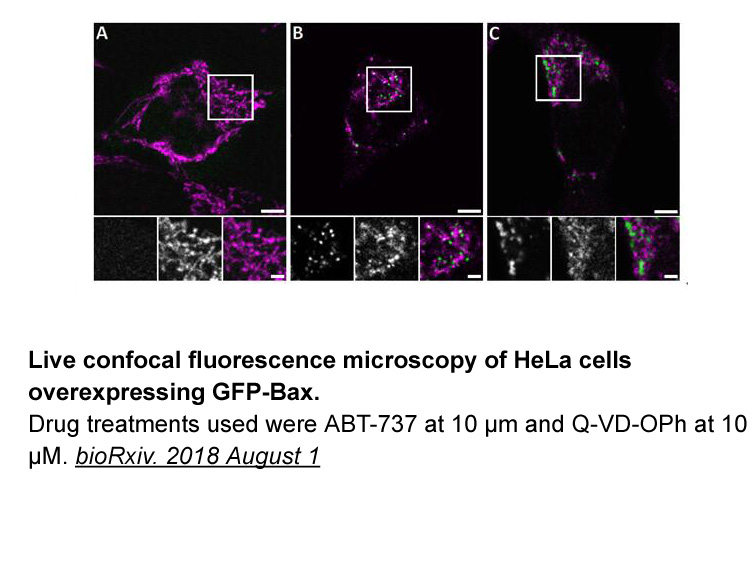
Aurora A the ’polar kinase’ is located at the centrosome and is required for its maturation, division, for the mitotic spindle assembly and entry into mitosis., Mutation or transcriptional silencing of Aurora A impairs centrosome maturation and separation, leads to mono/multipolar spindles, to dela
-
Nexturastat A sale Among the most important Ca regulatory
2024-07-25
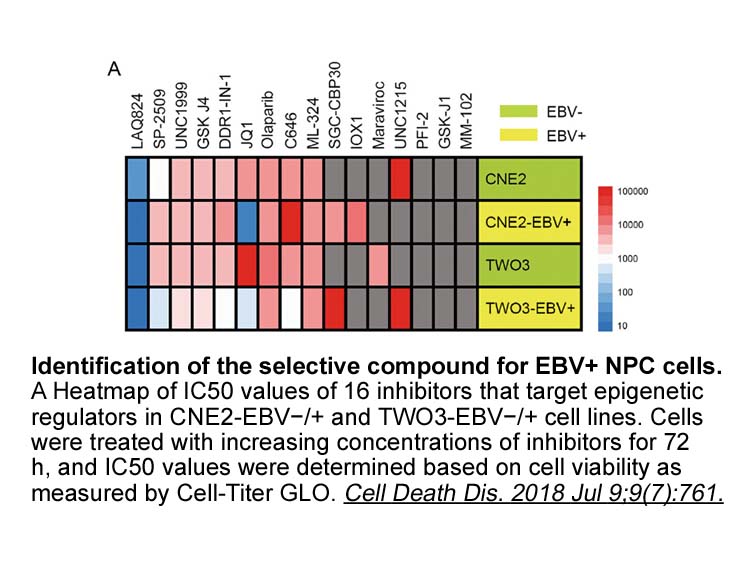
Among the most important Ca regulatory mechanisms are the Plasma Membrane Calcium ATPase (PMCA) and Sarcoplasmic Reticulum Calcium ATPase (SERCA). These pumps belong to the family of P-ATPases, which share the formation of an acid-stable phosphorylated intermediate as part of their reaction cycle. P
-
AP1903 Whole body loss of ACLY is early embryonic
2024-07-25
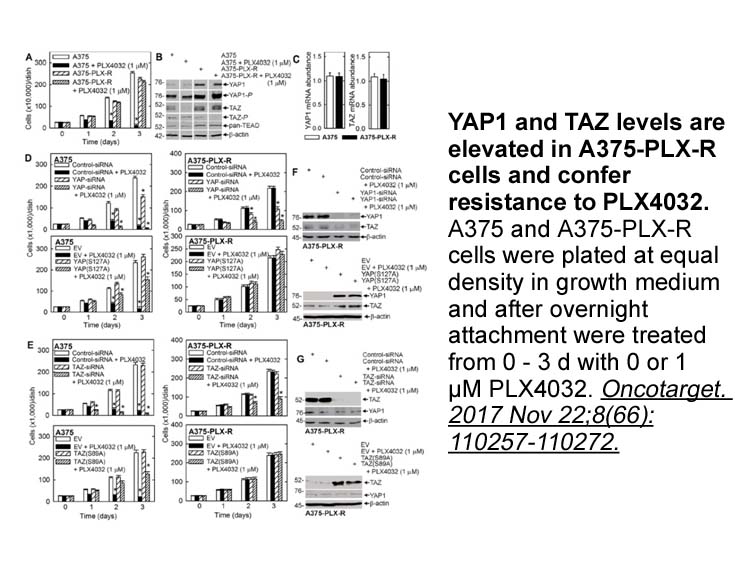
Whole-body loss of ACLY is early embryonic lethal, indicating that it serves non-redundant roles during development (Beigneux et al., 2004). Silencing or inhibition of ACLY suppresses the proliferation of many cancer cell lines and impairs tumor growth (Bauer et al., 2005, Hanai et al., 2012, Hatziv
-
The allosteric site of class C receptors is generally locate
2024-07-25
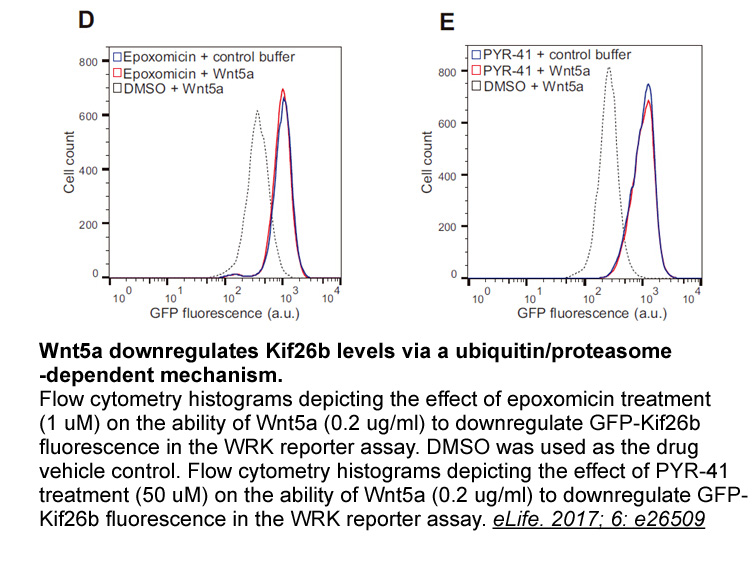
The allosteric site of class C receptors is generally located on the extracellular side of the TM domain (Brauner-Osborne et al., 2007, Christopher et al., 2015, Dore et al., 2014, Gregory et al., 2011, Harpsoe et al., 2017, Kniazeff et al., 2011, Pin and Prezeau, 2007, Urwyler, 2011, Wu et al., 201
-
br Material and methods br Results br Discussion This
2024-07-25
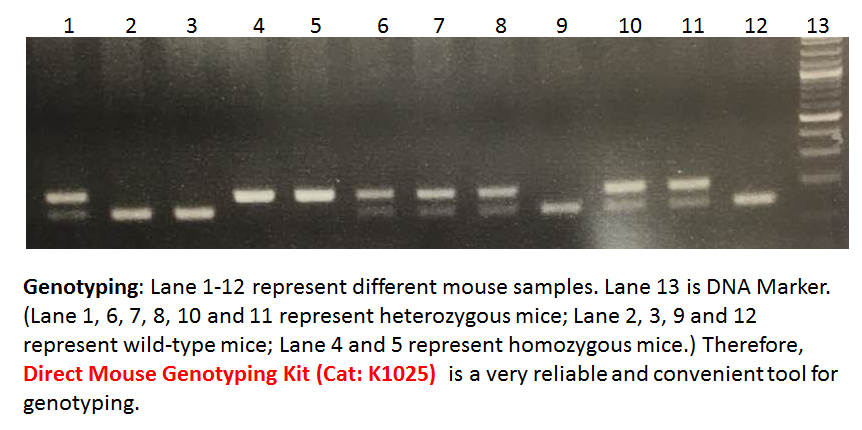
Material and methods Results Discussion This study explores the hypothesis that ASK1, via transcriptional upregulation by E2F1, molecularly defines AT that supports a dys-metabolic obese phenotype in humans. We demonstrate associations between increased visceral-AT ASK1 expression and multi
-
The habit of prescribing antibiotics just in case there is
2024-07-25
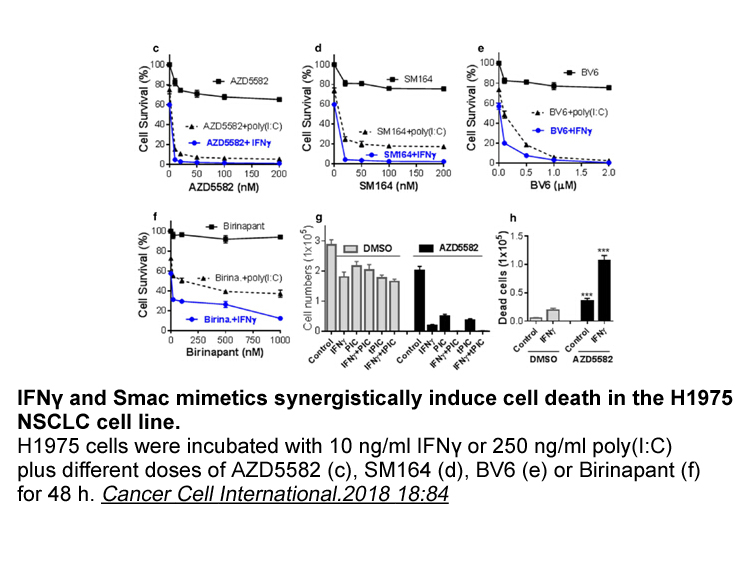
The habit of prescribing SB 431542 “just-in-case” there is an infection is based on the misguided perception that antibiotics are “safe” drugs and therefore pose little risk to patients. Surgeons need to dispel this myth. In the outpatient setting, antibiotic-associated ADEs account for 19% of all
-
Regardless of the initial treatment most patients
2024-07-25
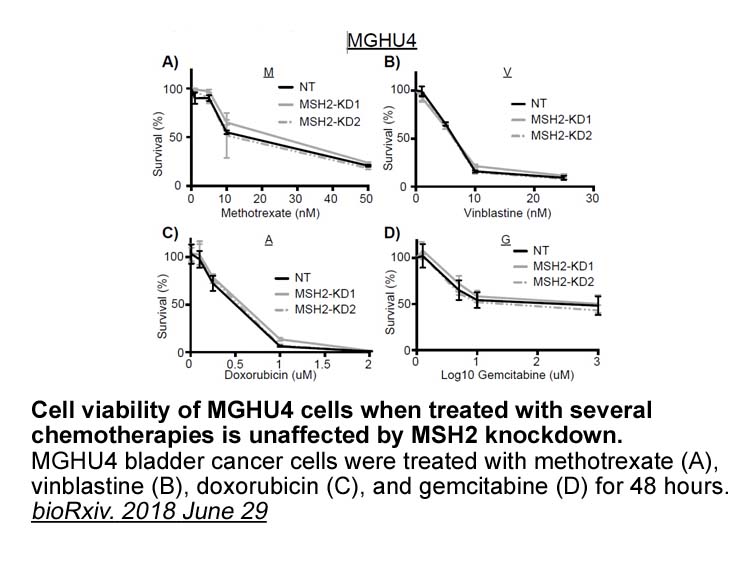
Regardless of the initial treatment, most patients with advanced NSCLC experience relapse and disease progression [15]. A subpopulation of immediate concern and clinical need is patients who have advanced NSCLC that is especially aggressive, which is usually defined as disease that rapidly progresse
-
It has been proposed that angiotensin II Ang II may
2024-07-25
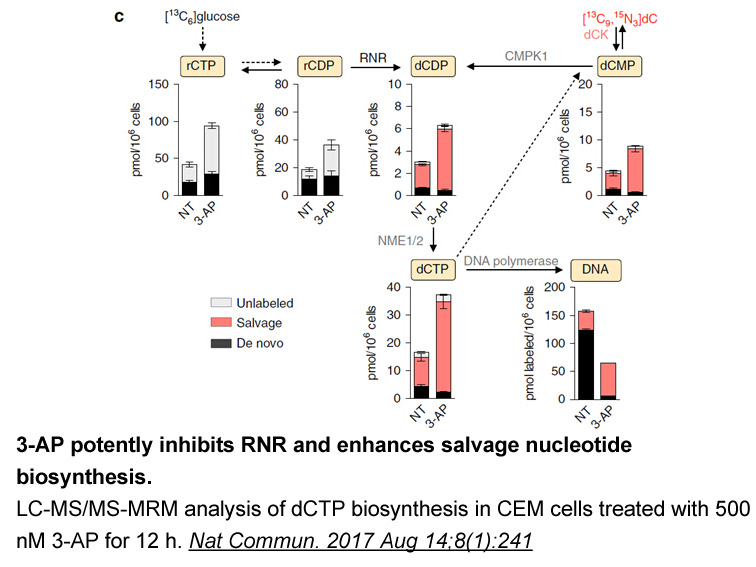
It has been proposed that angiotensin II (Ang II) may upregulate COX-2 expression and the subsequent vasoconstrictor prostanoids production through the activation of AT-1 receptors in vascular smooth muscle cells (Hu et al., 2002). Additionally, this peptide is also able to stimulate the generation
-
We provide here direct evidences that AT receptors are activ
2024-07-25
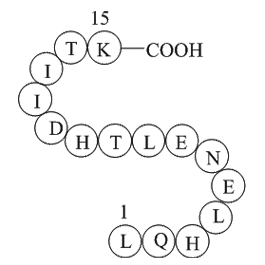
We provide here direct evidences that AT1 receptors are active in ADSCs since Ang II induces intracellular Ca mobilization in these cells. Data obtained during the observation of Ca influxes led us to the search for the ADSCs subpopulation constantly expressing AT1 receptor. ADSCs are necessary for
-
Several mechanisms of Cd induced carcinogenicity have been
2024-07-25
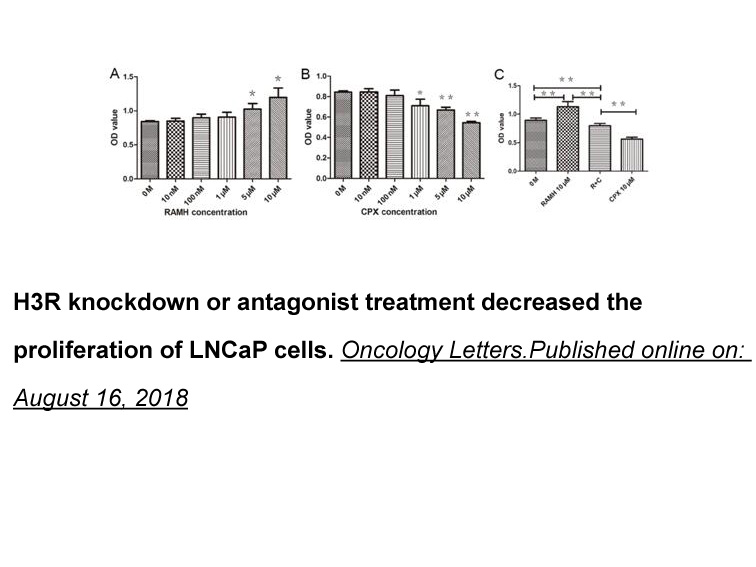
Several mechanisms of Cd-induced carcinogenicity have been reported and are comprehensively summarized by Hartwig [32]. As early as 1980, basic science studies supported a role for endocrine disruption of AR by Cd. Donovan et al. [33], using extracts of mouse prostate cytosol, showed Cd to be the mo
-
br Conflict of interest statement br Introduction Tanshinone
2024-07-25
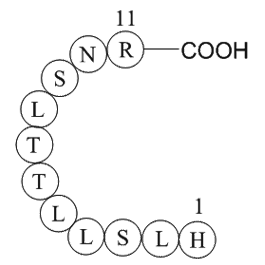
Conflict of interest statement Introduction Tanshinone IIA (Tan IIA) is a major active component of Salvia miltiorrhiza (S. miltiorrhiza), a well-known Chinese traditional medicine that is used for the treatment of cardiovascular and cerebrovascular diseases [1]. Tan IIA exhibits diverse pharm
-
br Experimental Procedures br Acknowledgments
2024-07-25
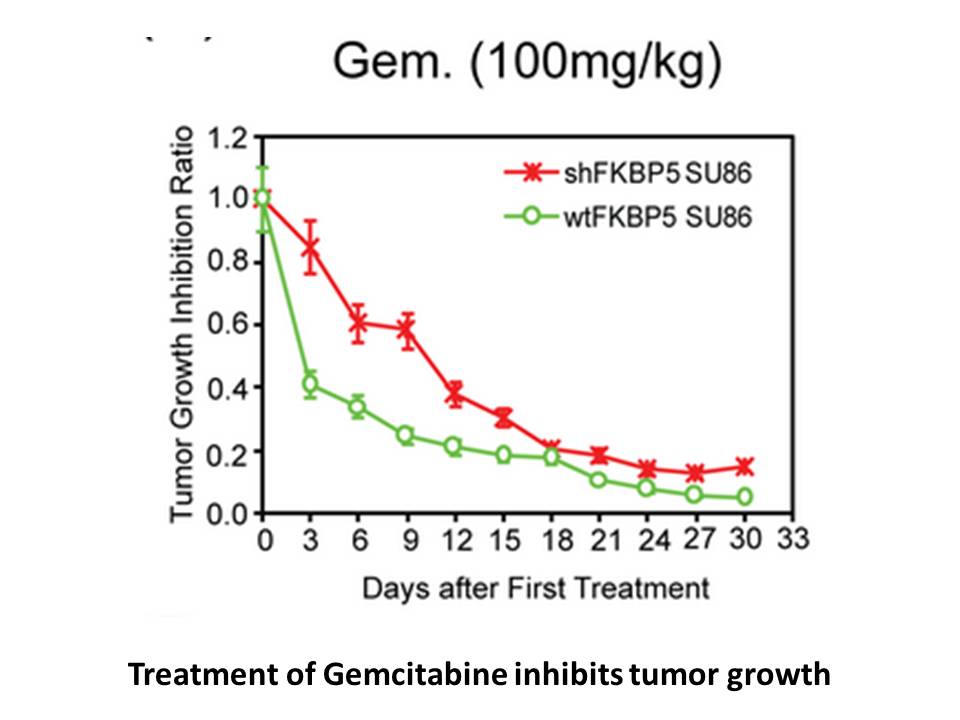
Experimental Procedures Acknowledgments Introduction Cellular and molecular mechanisms underlying synaptic plasticity in the nisoldipine are thought to be involved in memory acquisition. Synaptic plasticity is categorised into two main types, long-term depression (LTD) and long-term potenti
-
Microbe derived ligands can also activate
2024-07-24

Microbe-derived ligands can also activate AHR. Malassezia, a commensal yeast in human skin, can metabolize tryptophan into several AHR activating compounds including FICZ and ICZ [59]. Lactobacillus converts tryptophan into indole-3-aldehyde (IAld), which can activate AHR and promote IL-22 productio
-
Introduction Adenosine monophosphate cAMP is
2024-07-24
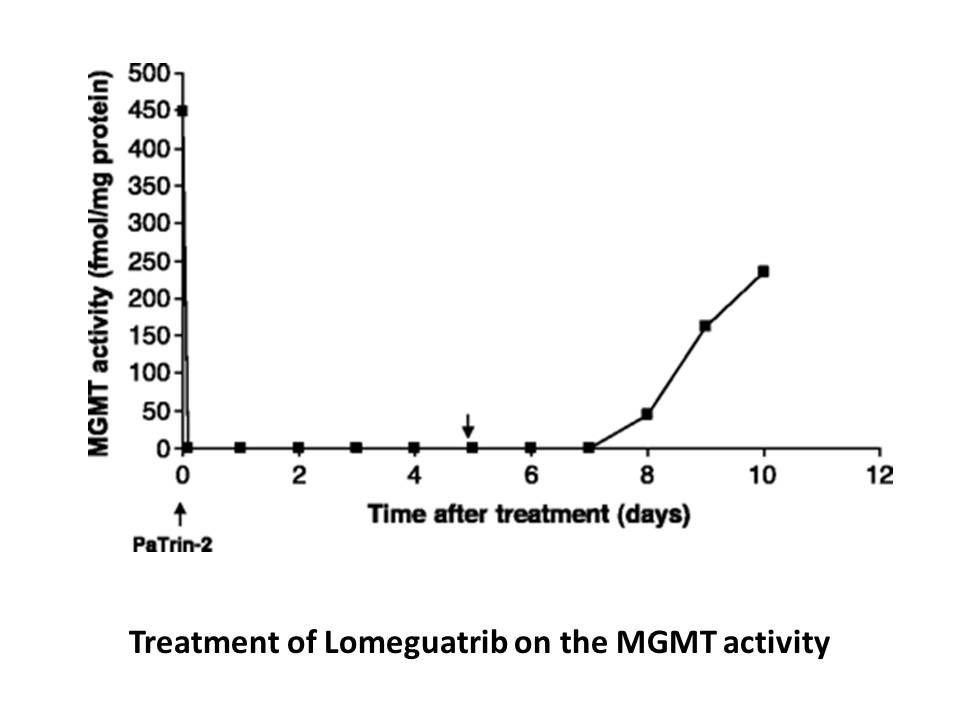
Introduction Adenosine 3′,5′-monophosphate (cAMP) is a general-purpose signaling molecule present in most branches of life. Intracellular cAMP levels control diverse cellular functions. In bacteria, cAMP regulates metabolism by activation of the catabolite activator protein (CAP), also known as cAM
-
br Contemporary understanding for alcoholic cardiomyopathy U
2024-07-24
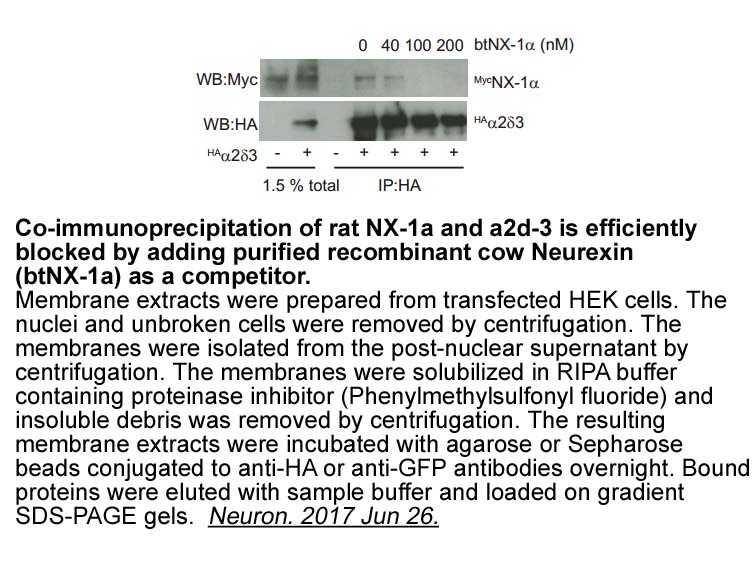
Contemporary understanding for alcoholic cardiomyopathy Up-to-date, a number of theories are postulated for alcoholic cardiomyopathy including generation of mitochondrial reactive oxygen species (ROS), oxidative stress, neurohormonal overactivation (catecholamines and angiotensin II), apoptosis a
15940 records 111/1063 page Previous Next First page 上5页 111112113114115 下5页 Last page